1. Jean Seberg
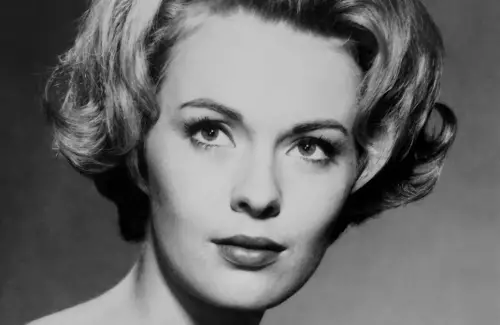
Jean Seberg seemed destined for cinematic immortality when she was plucked from obscurity at age 17 to star in Saint Joan (1957). While the film was poorly received, her breakthrough came in the French New Wave classic Breathless (1960), where she embodied the cool, modern woman of the decade. Her pixie haircut and striped shirts became instant style touchstones, influencing fashion far beyond the screen. She worked with legendary directors like Otto Preminger and Claude Chabrol, proving her versatility in both Hollywood and European cinema.
Yet Seberg’s career was undermined by personal struggles and political controversy, including intense surveillance by the FBI due to her support for civil rights. The stress took a toll on her health and work opportunities. While she continued acting into the 1970s, her tragic death at 40 overshadowed her earlier achievements. Today, cinephiles treasure her performances, but she never got the enduring recognition she deserved.
2. George Maharis
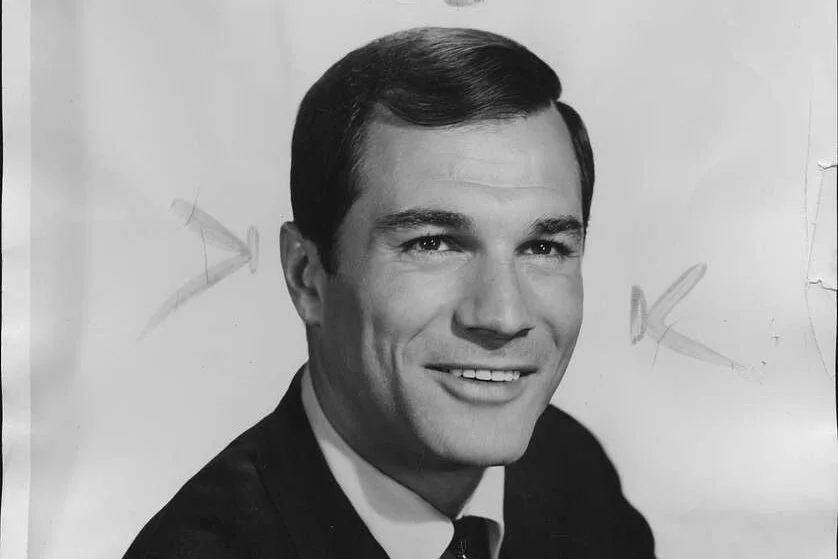
George Maharis became a household name in the early ’60s thanks to his role as Buz Murdock on Route 66. With his rugged looks and smoldering charisma, he seemed primed for leading man status in both film and television. His performance brought a brooding intensity to the series, and his chemistry with co-star Martin Milner made the show a hit. Maharis later appeared in films like The Satan Bug (1965) and Sylvia (1965), showcasing a talent that could have taken him much further.
Unfortunately, a combination of illness and disputes with producers led to his departure from Route 66 at its peak. Without the steady visibility of the show, his film career never fully caught fire. Though he continued acting into the ’80s, he never regained that early momentum. Looking back, it’s surprising he didn’t become one of Hollywood’s most enduring names.
3. Dolores Hart
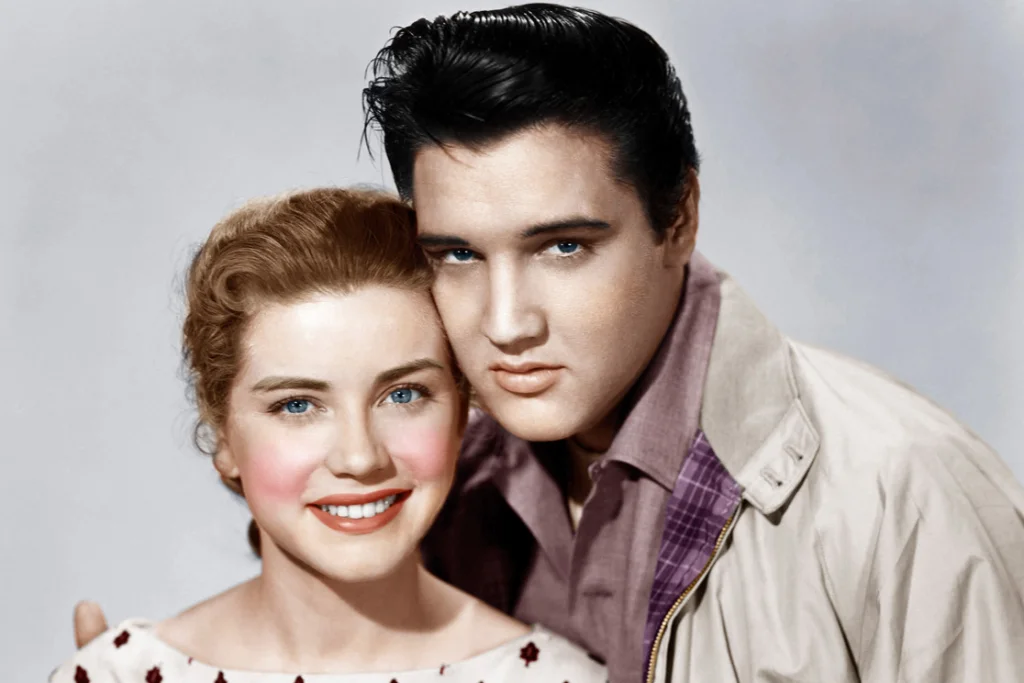
Dolores Hart shared the screen with Elvis Presley in Loving You (1957) and King Creole (1958), which instantly made her a fan favorite. She had a fresh, wholesome presence that stood out in the era of bombshells, and she soon moved into more substantial roles, including Where the Boys Are (1960) and The Inspector (1962). Hart’s acting talent, combined with her charm, seemed to signal a long, illustrious career ahead.
Then, in 1963, she shocked Hollywood by leaving it all behind to become a Benedictine nun. Her choice captivated the public, but it also meant she became more of a curiosity than a celebrated actress. While her story has been told in documentaries and interviews, her actual film work is often overlooked. Had she stayed, she might have been as celebrated as Julie Andrews or Audrey Hepburn.
4. Bradford Dillman
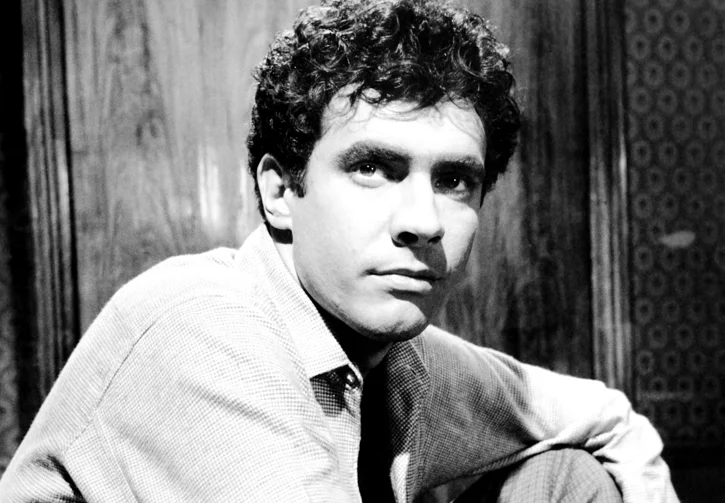
Bradford Dillman had the kind of matinee idol looks and stage training that should have made him a top-tier movie star. He shared the Best Actor prize at Cannes in 1959 for Compulsion, alongside Orson Welles and Dean Stockwell, and followed it with roles in Crack in the Mirror (1960) and Sanctuary (1961). His performances were often subtle and layered, hinting at a depth that could have anchored major studio films.
Despite his talent, Dillman’s career shifted more toward television in the mid-’60s. While he remained busy, starring in series and guest spots, the prestige roles in film eluded him. Some of it was timing, as Hollywood’s style was changing, and leading men with a more countercultural vibe were in demand. As a result, Dillman’s name isn’t as well remembered as it should be.
5. Connie Stevens

Connie Stevens was everywhere in the early ’60s—on screen, on record, and in fan magazines. Best known for Hawaiian Eye, she also charmed audiences in films like Parrish (1961) and Palm Springs Weekend (1963). Her bright-eyed, bubbly persona was perfectly suited to romantic comedies and light dramas, and she seemed poised to become a permanent fixture in Hollywood.
But Stevens’ film career was overshadowed by her television success and her music ventures. As the decade wore on, studios leaned toward edgier projects, and her wholesome image didn’t always fit the new mold. While she reinvented herself as a successful businesswoman and director, her movie career remains underappreciated. She had the charisma to be a Hollywood legend, but timing worked against her.
6. Troy Donahue
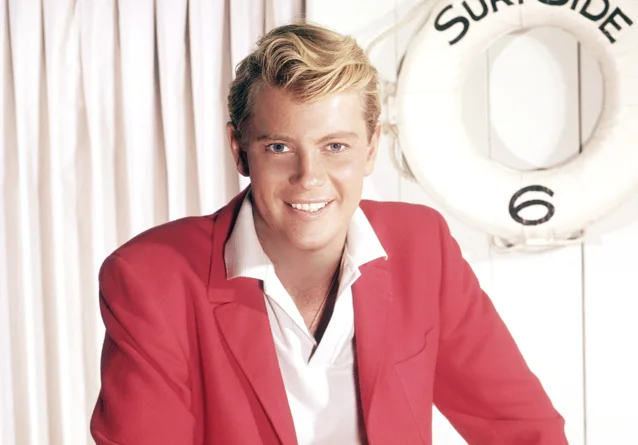
With his sun-bleached hair and easy charm, Troy Donahue became a teen idol through films like A Summer Place (1959) and Parrish (1961). His laid-back style made him a natural fit for romantic dramas, and he had a loyal fan base throughout the early ’60s. Donahue’s screen presence was effortless, and for a while, it seemed he could rival the biggest stars of the era.
However, the shift toward grittier, more complex films in the late ’60s left his clean-cut image feeling outdated. His career decline was rapid, and while he later poked fun at his own persona in films like The Godfather Part II, he never reclaimed leading man status. Today, he’s fondly remembered by classic film fans, but rarely mentioned in the same breath as his contemporaries.
7. Carol Lynley
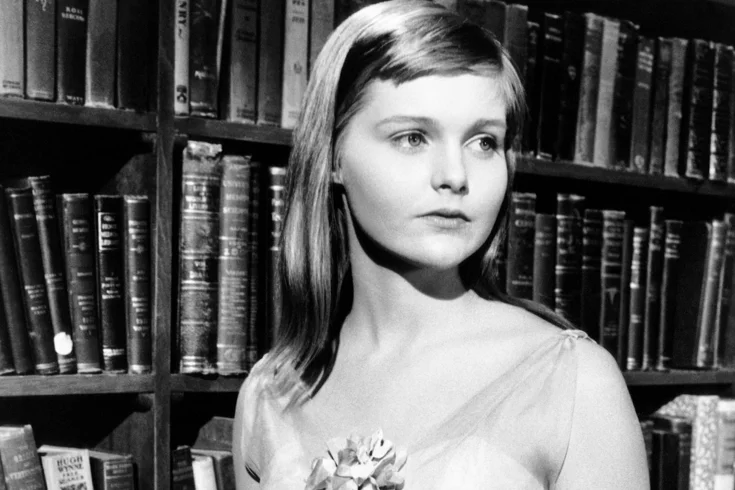
Carol Lynley brought a fresh-faced beauty and quiet emotional power to films like Blue Denim (1959) and The Pleasure Seekers (1964). She transitioned easily from ingénue roles to more daring parts, such as her performance in Otto Preminger’s Bunny Lake Is Missing (1965). Lynley’s versatility hinted at a long career in high-profile projects.
Yet, despite steady work, she never broke into Hollywood’s top tier. She appeared in cult favorites like The Poseidon Adventure (1972), but those didn’t translate into sustained stardom. Some critics believe she was underrated because her style was more understated than flashy. Whatever the reason, her film career deserves more celebration than it gets.
8. Richard Beymer
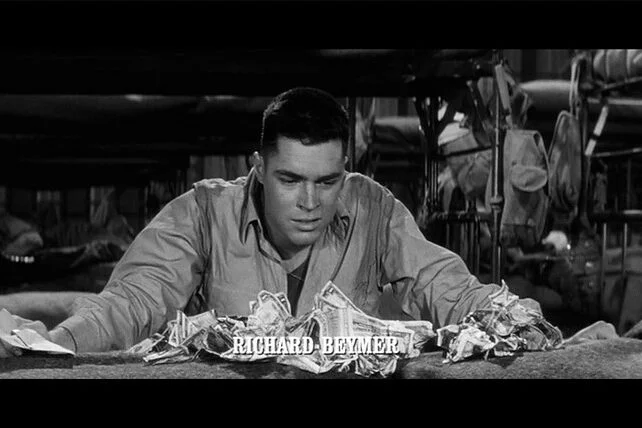
Richard Beymer will forever be linked to his role as Tony in West Side Story (1961), a film that remains one of the most iconic musicals ever made. He followed it with performances in The Longest Day (1962) and Hemingway’s Adventures of a Young Man (1962), showing promise as a versatile leading man. Beymer had the looks and presence to carry a career well beyond the decade.
But dissatisfaction with Hollywood and a lack of roles that excited him led Beymer to step away and explore filmmaking and photography. While he returned to acting later, most notably in Twin Peaks, his time in the ’60s spotlight was brief. His early performances remain a testament to what could have been a long list of classic roles.
9. Tuesday Weld
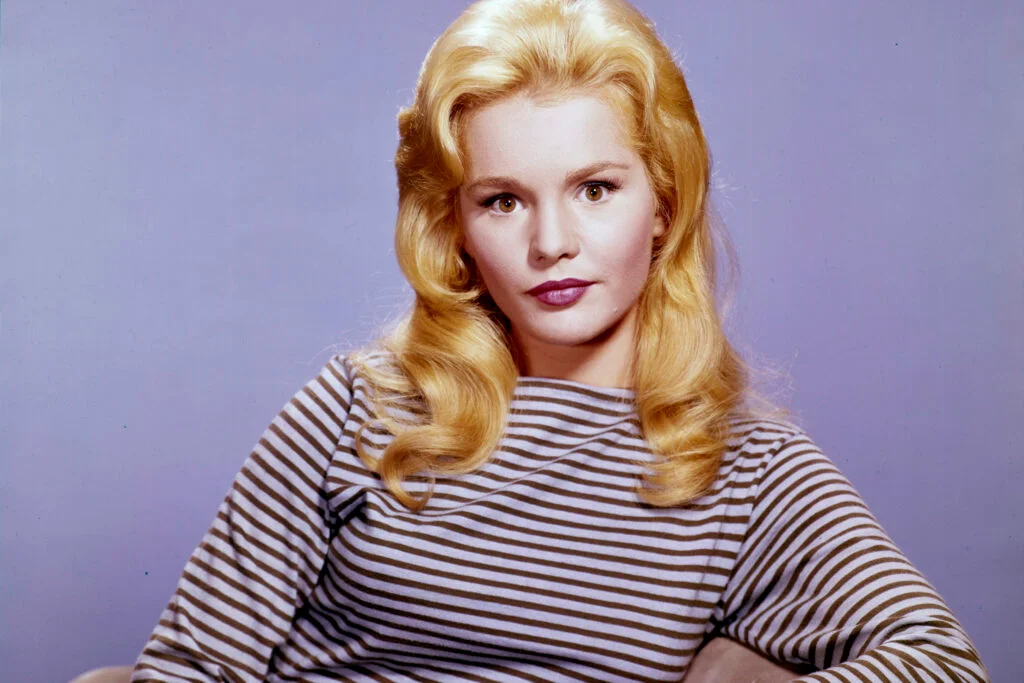
Tuesday Weld had an edge that set her apart from other young actresses of the era. Starting as a teen in The Many Loves of Dobie Gillis, she quickly moved into films like Sex Kittens Go to College (1960) and The Cincinnati Kid (1965). She was often cast in complex, sometimes troubled roles that hinted at her depth as an actress.
However, Weld famously turned down roles in Bonnie and Clyde, Rosemary’s Baby, and True Grit—parts that could have defined her career. She preferred smaller, more challenging projects, which sometimes meant less box-office visibility. While she won critical acclaim later, her ’60s output deserved far more attention.
10. Fabian Forte
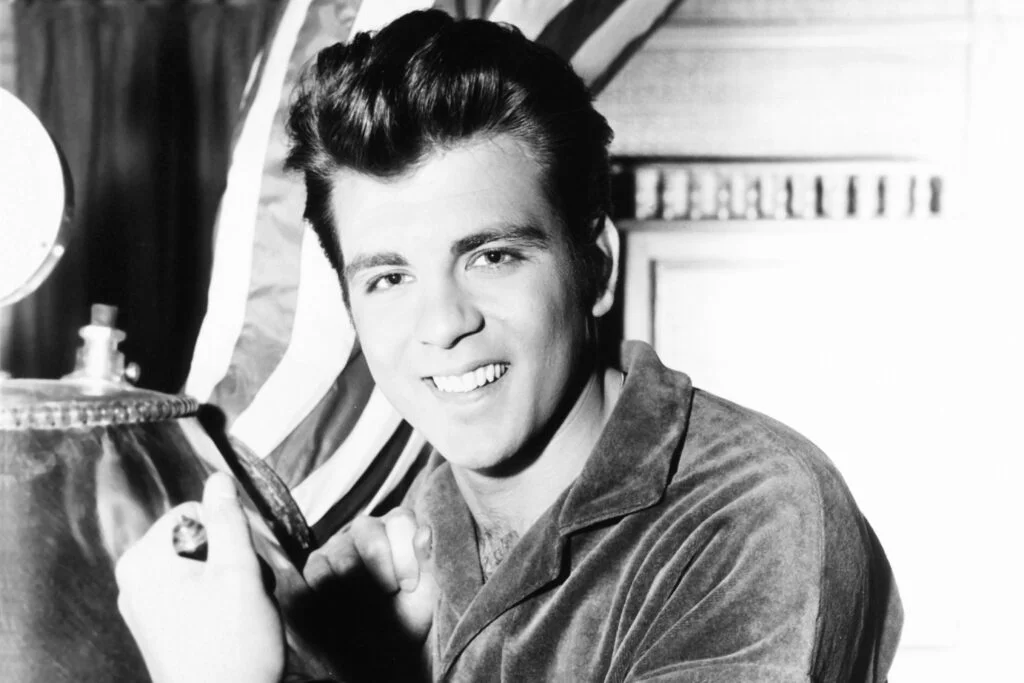
Fabian Forte was marketed as a teen idol after being discovered in Philadelphia and quickly transitioned into movies. Films like Hound-Dog Man (1959) and North to Alaska (1960) showcased his easygoing charm. While not classically trained, he had a natural appeal that connected with audiences.
Unfortunately, critics were not always kind to his acting, and as musical tastes shifted, his popularity waned. He continued to work in film and television, but the momentum he had in the early ’60s never fully returned. Fabian’s career is a reminder that charisma alone isn’t always enough to ensure lasting Hollywood fame.
11. Yvette Mimieux
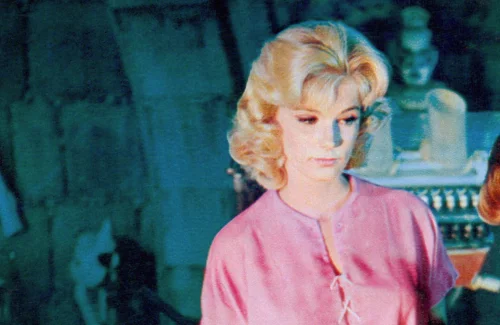
Yvette Mimieux became a breakout star after her role in The Time Machine (1960), where she played the ethereal Weena opposite Rod Taylor. She brought a delicate grace to roles in Where the Boys Are (1960) and Light in the Piazza (1962). Her screen presence was often described as luminous, and she seemed poised to become one of the greats.
However, as Hollywood shifted in tone during the late ’60s, roles that fit her style became rarer. She began writing and producing, carving out her own path, but the big, star-making roles never came again. Fans of classic cinema still admire her performances, but she remains an underrated gem of the era.
12. Stephen Boyd
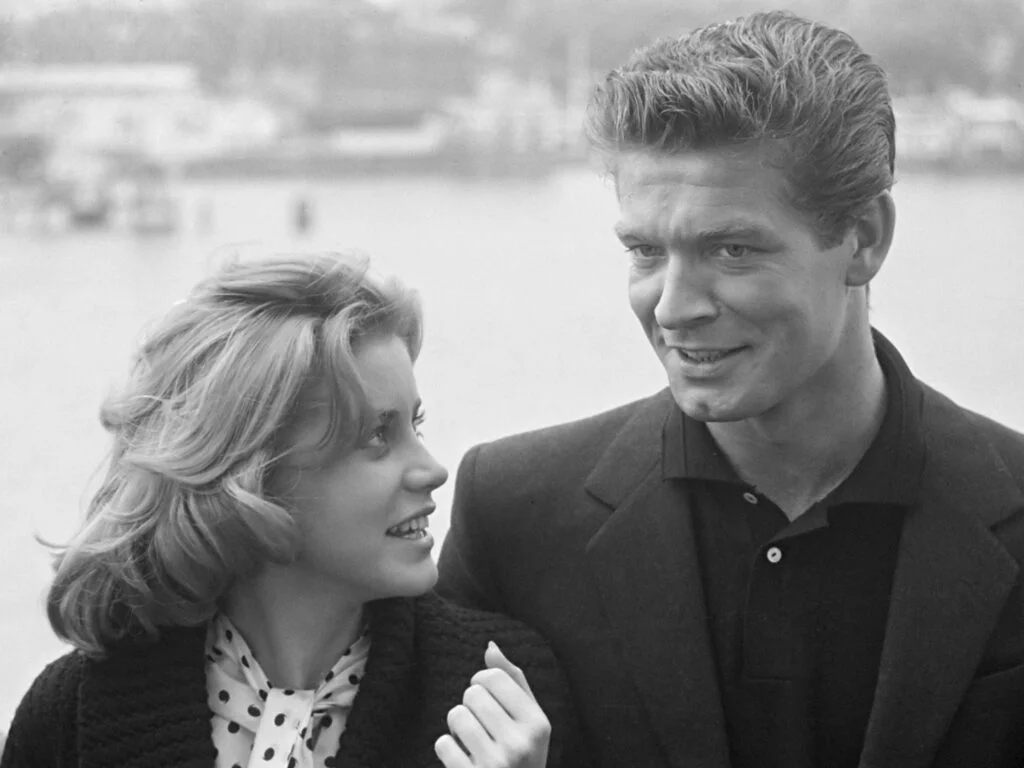
Stephen Boyd’s magnetic performance as Messala in Ben-Hur (1959) earned him worldwide attention and set the stage for a promising career in the ’60s. He followed with films like The Fall of the Roman Empire (1964) and Fantastic Voyage (1966), proving he could handle both epic drama and science fiction adventure. His rugged good looks and commanding presence made him a strong contender for Hollywood legend status.
Yet Boyd’s career choices sometimes kept him out of the biggest spotlight, and he missed out on a few key roles that could have changed his trajectory. While he remained a respected actor, his name faded from popular conversation after his untimely death at 45. His best work, however, stands as a testament to a career that should have been even greater.


